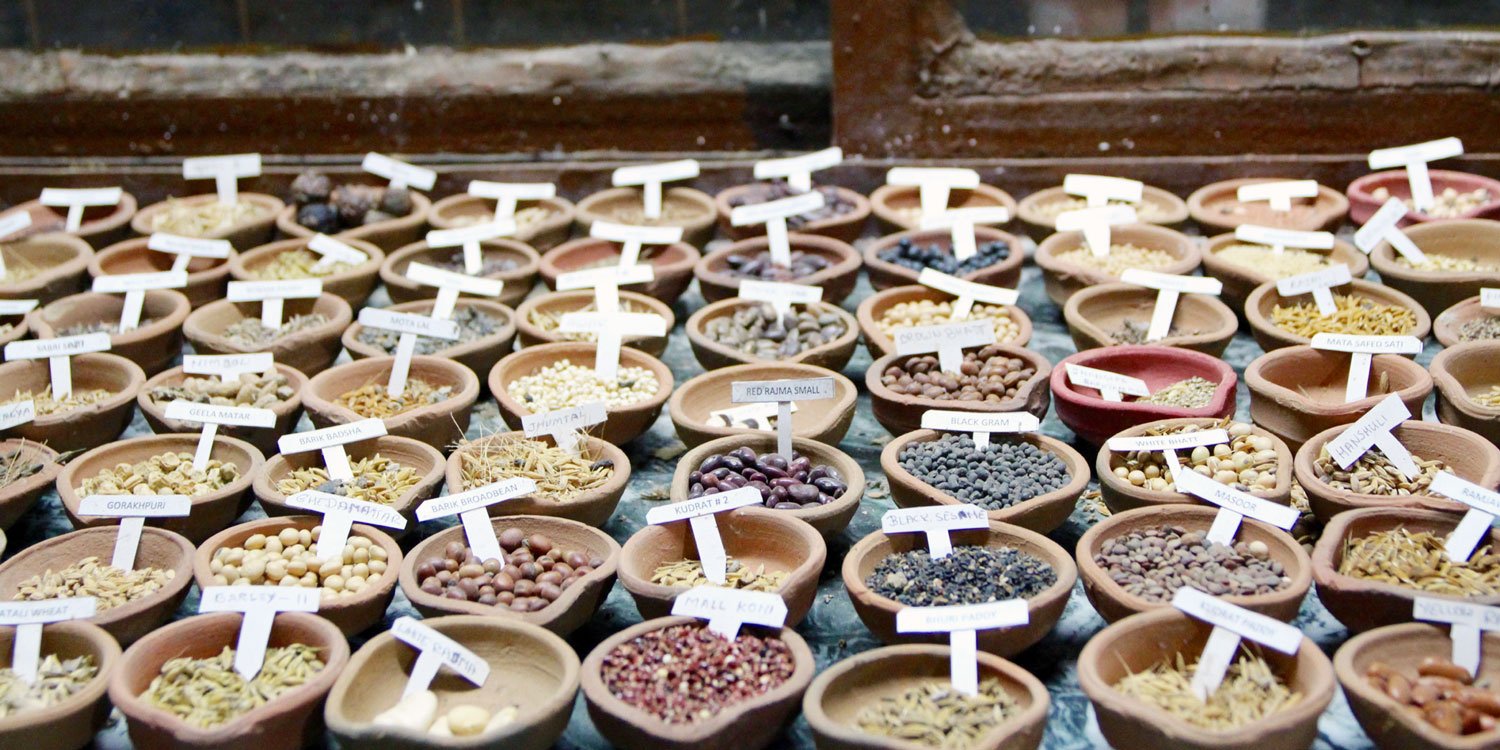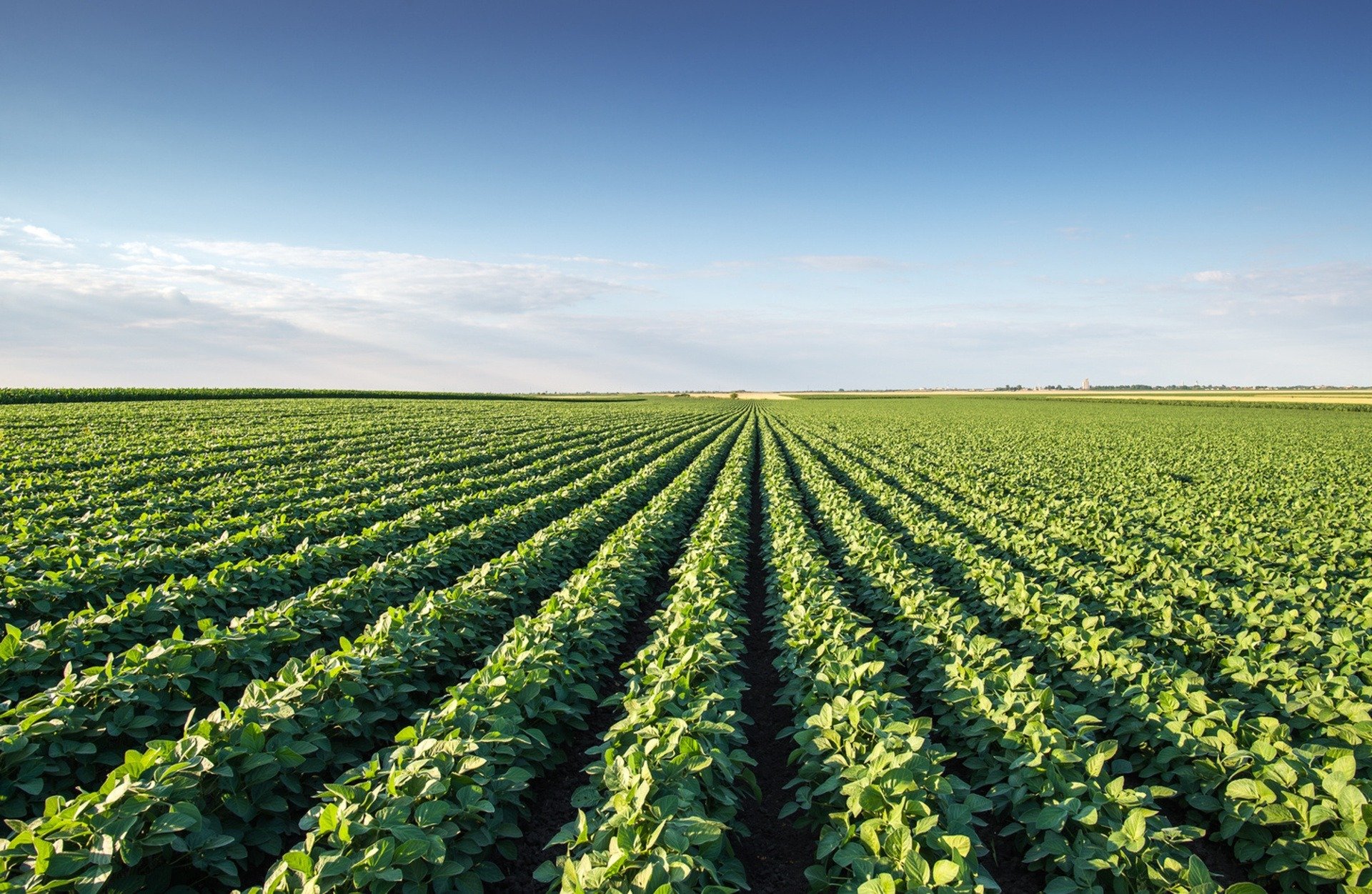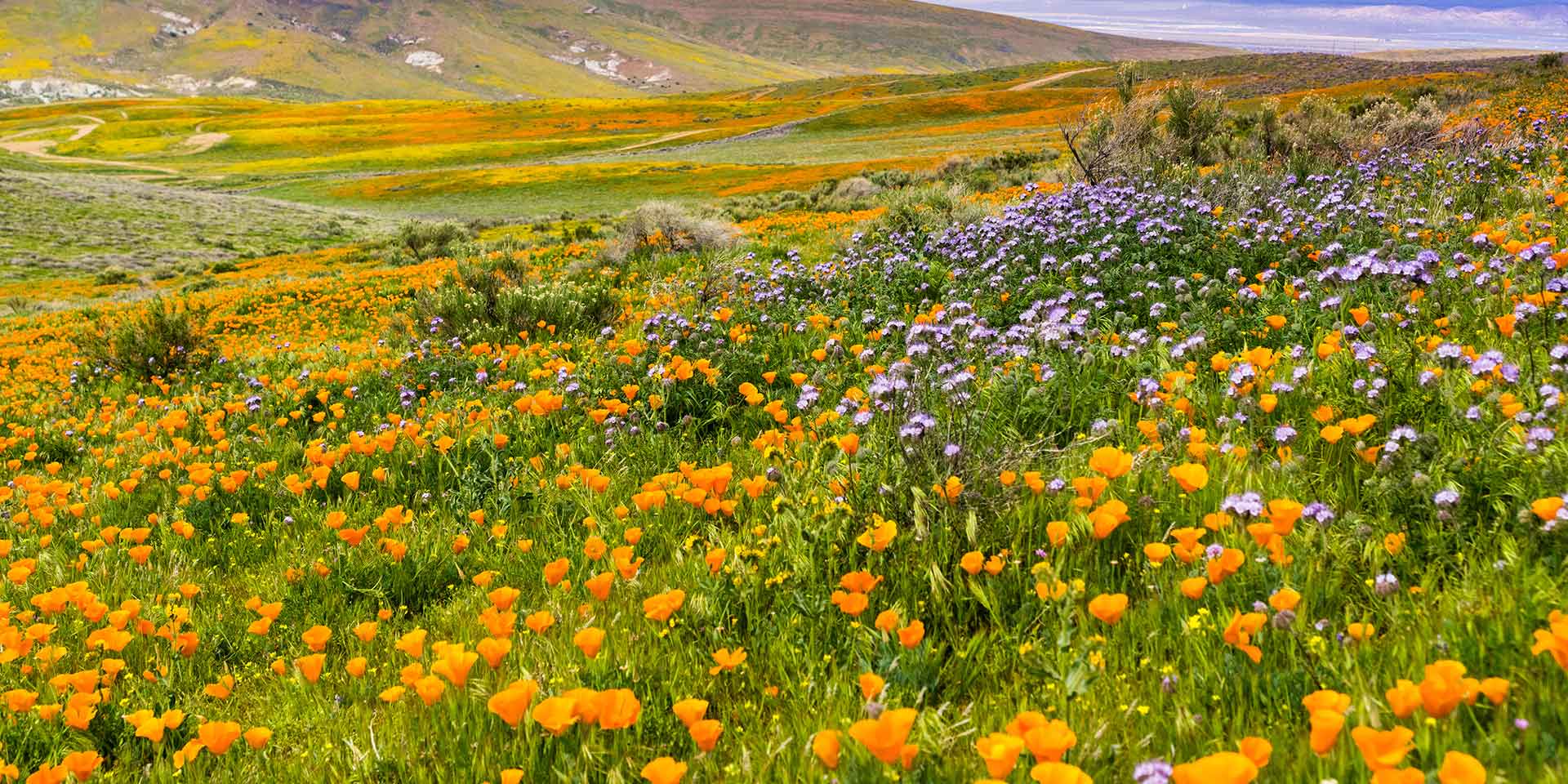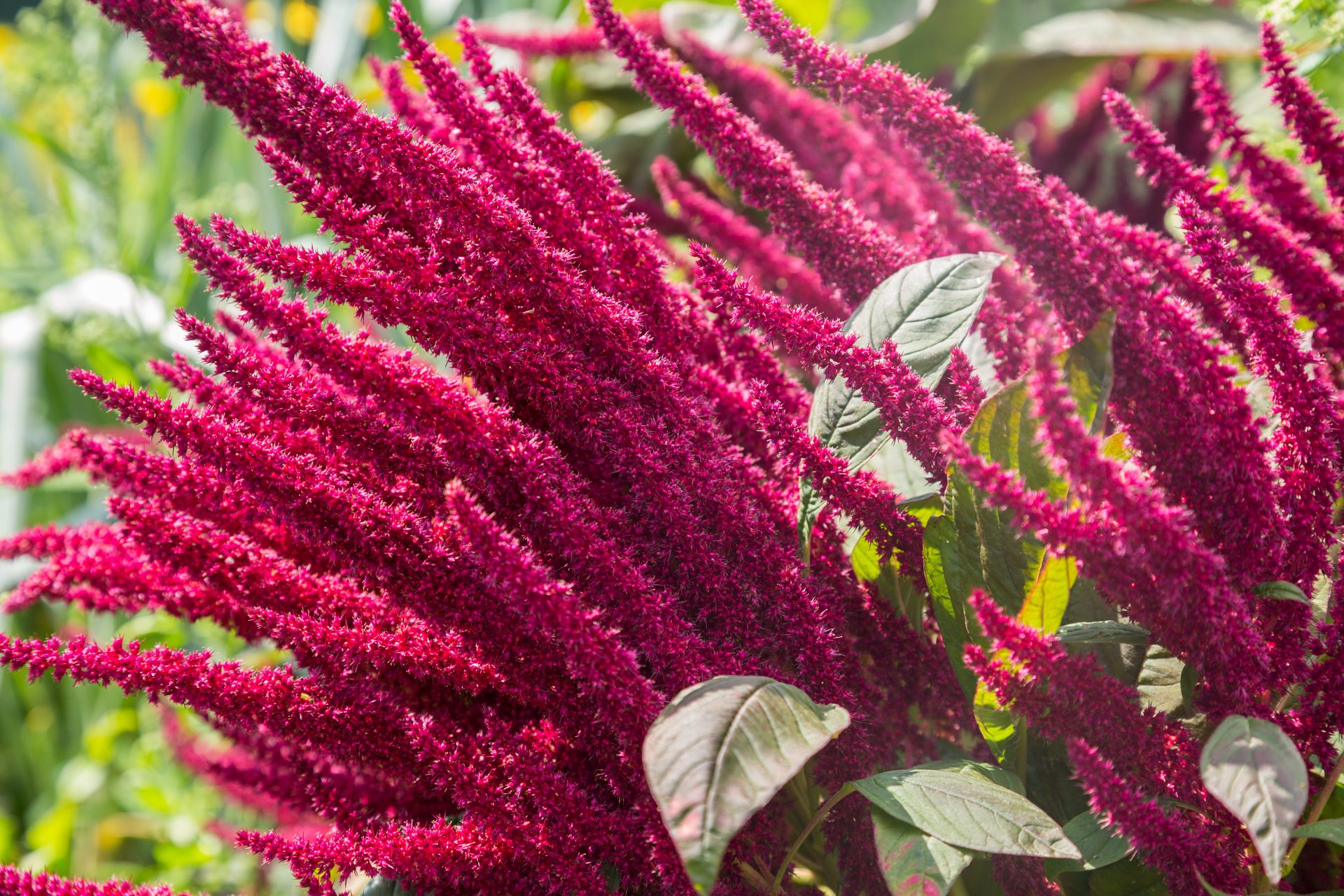Why Heirloom Seeds Matter
The word “heirloom” likely conjures an image of the past, and when it comes to growing food, the implication is mostly accurate. But while some try to define heirloom cultivars by age — at least 50 years old, for example, or predating World War II — there’s another facet of the word “heirloom” that’s much more important.
“Heirloom seeds carry with them cultural distinctions,” says Brian Ward, assistant professor and seed researcher at Clemson University’s Coastal Research and Education Center. “Cultures have passed down the seed from generation to the next generation without any breeding going on,” with the lineage stewarded by a family or community. These seeds will always grow “true to type,” maintaining the same characteristics over time — “So your grandma’s tomato is the same tomato her grandma had.”
For Melissa Nelson, a professor of Indigenous sustainability at Arizona State University, “Heirloom seeds are deeply tied to cultural heritage.” Long before the supermarket existed, these cultivars were key to how we ate: “They produce seeds naturally that you can save and grow again for the next generation, and also share with friends and family…You knew that your ancestors relied on them, so you want[ed] to keep them going.”
Safeguarding heirlooms may be more important now than ever, as the full scope of our current biodiversity emergency continues to come into focus. Studies have shown the crisis has been primarily driven by our food system, which puts species at risk through habitat destruction, inputs like fertilizers and pesticides and reliance on monoculture (growing one species at a time), in addition to carbon emissions that hasten climate change. But biodiversity is crucial for limiting climate change’s impact. With 34 percent of the country’s plants at risk of extinction, the time to protect them is now.
Heirlooms vs. Hybrids vs. GMOs
So what are the alternatives to heirlooms? Another common category is hybrid seeds, which are simply seeds from plants that have been cross-pollinated with a goal in mind. “Hybrids are carefully bred to produce specific characteristics,” explains Ashleigh Smith, managing editor at the seed company True Leaf Market, “including color, size, taste, disease resistance and more.” This can be useful in an agricultural context, especially in the face of increasing food insecurity and climate change. Hybrid seeds can be bred to create better yields, improved nutritional value or resilience to extreme temperatures or weather.
Hybrids aren’t a new concept, either. “People have been introducing different varieties within the same species for as long as we’ve been farming,” says Owen Taylor, cofounder of Truelove Seeds. But hybrid seeds became widely available commercially in the 1930s with the introduction of hybrid corn seed. “This translated to the food industry,” Taylor explains, “to breeding a new kind of vegetable that could be the same on any supermarket shelf in any part of the world.”
When specific traits are desired, such as taste or disease resistance, professional plant breeders carefully prepare two stable seed lines and cross-pollinate them to produce a predictable, reliable plant. But the genes that plant passes on to its own offspring are a variable mix of those of its parents; remixing those genes again doesn’t produce the same results when they recombine in the next generation of seeds. This means you can’t just save the seeds and get the same results next year — there’s no guarantee of the outcome, and some of the second-generation seeds may even be infertile. For farmers who grow hybrid crops, that means buying new seeds every year. For home gardeners, Taylor says that makes hybrid seed-saving “extremely undesirable, because people want a certain color or performance.”
The type of breeding required to create hybrid seeds is distinctly different from the creation of seeds for genetically modified organisms (GMOs), sometimes referred to as genetically engineered (GE) seeds. A genetically engineered seed is created in the lab, Ward explains, “by inserting, deleting, mutating or removing a gene or amplifying a gene.”
GE seeds aren’t available for home gardeners, but are common in conventional agriculture, making up the majority of the U.S. corn and soybean crop. This widespread adoption has sped up consolidation of the seed industry and left farmers with even less control over their crops. “GMO seeds, like hybrid seeds, can’t be saved,” Nelson explains. “They’re often literally owned as property,” creating profit for large corporations. And while there aren’t well documented health impacts associated with GMO crops themselves, engineered traits like herbicide resistance have enabled the proliferation of chemical-intensive monocultures that seriously harm biodiversity both on and off the farm.
Indigenous communities have also expressed concern that genetically manipulating a seed is going too far. “From an Indigenous ethical standpoint,” Nelson continues, “this is playing God with our plant relatives.”
Why Grow Heirlooms?
When you bite into something like an heirloom tomato, it’s clear that generations of farmers and gardeners saved those seeds for a reason: Many heirlooms are known for their intense or unique flavor. “Growers who produce our seeds are stewarding those old varieties that taste like home,” says Taylor, who adds that immigrants and refugees in a new place often find the flavors of their culture in heirloom seeds.
But the longevity of these plants also says something in itself: “They have withstood storms and floods and they’re hardy, so they should be preserved for their genetic biodiversity and for agricultural diversity,” Nelson explains. Every time someone grows an heirloom seed, they are preserving that diversity and ensuring these seeds continue on for future generations; groups like Seed Savers Exchange connect people growing the same varieties so they can work together to ensure the plants aren’t lost forever.
Heirloom seeds are also key to food sovereignty — which allows people to choose what food they consume and control how and where it is grown. “For generations, heirlooms have saved communities from food scarcity,” says Smith. The last stage of a plant’s life cycle, after it flowers, is to produce seeds, which anyone can save and grow as long as they have soil, water and sufficient sunlight.
But seeds don’t just provide nutritious food; they can also provide insight into our past. “We see our seeds as relatives, as ancestors that have deep stories embedded in them,” Nelson explains, noting that seeds are sacred in many cultures. “They need to be restored and returned to their communities of origin and then shared.”
Taylor, for his part, prefers to call heirlooms “traditional seeds.” With vegetables and fruits now available year-round, often produced elsewhere and then shipped across the world, “they tell a story about ten thousand years of human relationships with food and plants,” he says, and “bring it back to a time when food was bred locally, super locally.” Heirlooms are more commonly grown by small farmers and home gardeners: “I would say the majority [who order] from us are small scale farms,” Taylor explains, “in particular CSA farms and urban farm community gardens, and some production farms, as well as distinct cultural communities.”
How to Grow Your Own
Want to grow heirloom seeds? Make sure to pay attention to where certain heirlooms grow best, since it can vary by region. Small or specialty seed companies, especially ones like Truelove Seeds and Seed Savers Exchange that are devoted to maintaining plant diversity, will offer seeds online, via seed catalogs or at local nurseries. Though not all open-pollinated seeds are heirlooms, heirloom seeds are always open-pollinated — meaning the plant is pollinated naturally, by air, insects, birds or other animals — and will often be labeled as such.
Another way to source seeds is by visiting farmers’ markets and talking to the very people who grow your food. “When I really like a potato or a broccoli or a bean, I ask the farmers,” says Nelson, who prefers to source seeds directly from them when she can. Nelson also recommends checking out the Alliance of Native Seed Keepers and the seed exchanges organized by the Native American Food Sovereignty Alliance. The crops known as the “Three Sisters” — corn, beans and squash — are important for many Indigenous communities, who often steward heirloom varieties. “One we grow is Seneca white corn, also known as Iroquois white corn or Tuscarora white corn,” Nelson explains, along with Buffalo Creek squash, from the reservation of the same name. Heirloom bavi (tepary beans) have been grown for a millennium by the Indigenous communities of the Sonoran Desert, and the Tohono and Akimel O’odham continue to cultivate them today.
There are many other culturally significant — and delicious — heirloom fruits and vegetables you can find at the farmers’ market or grow at home, and many people and organizations looking after them. Some heirlooms are relatively famous, especially tomatoes (like Brandywines or Cherokee purples) but also favorites like lacinato kale, Jimmy Nardello peppers or delicata squash. Others you may not even realize are heirlooms. Take lemon cucumbers — yellow, spherical and around the size of a big lemon — which might seem nontraditional but have actually been grown in the U.S. since the 19th century. Many heirlooms have deep roots in certain regions of the country: The southeast has a number of cultivars of collard greens, for example, which are the focus of the Heirloom Collard Project, spearheaded by Ira Wallace of Southern Exposure Seed Exchange in collaboration with other farmers and researchers. Their goal is to preserve and promote these heirloom cultivars, from cabbage collards to Brickhouse old collards to old timey blues, so future generations can enjoy them.
Get the latest food news, from FoodPrint.
By subscribing to communications from FoodPrint, you are agreeing to receive emails from us. We promise not to email you too often or sell your information.
Top photo by neillangan/Adobe Stock.
More Reading
What we’re reading this summer
July 17, 2025
A new book says tech-supported industrial ag will feed the world. Agroecologists would like a word.
July 9, 2025
Use a grocery store trip to teach kids environmental stewardship
July 7, 2025
Can rye growers get consumers and retailers excited about rye?
May 19, 2025
Can private grants fill regenerative agriculture's federal funding gap?
May 1, 2025
Books to inspire young environmentalists
April 22, 2025
Our latest podcast episode on pistachios: The making of a food trend
April 1, 2025
How refrigeration transformed our palates and our supply chain
January 28, 2025
What to expect in food & farm news in 2025
December 24, 2024
Can sail freight tackle the large carbon footprint of food transport?
December 17, 2024




